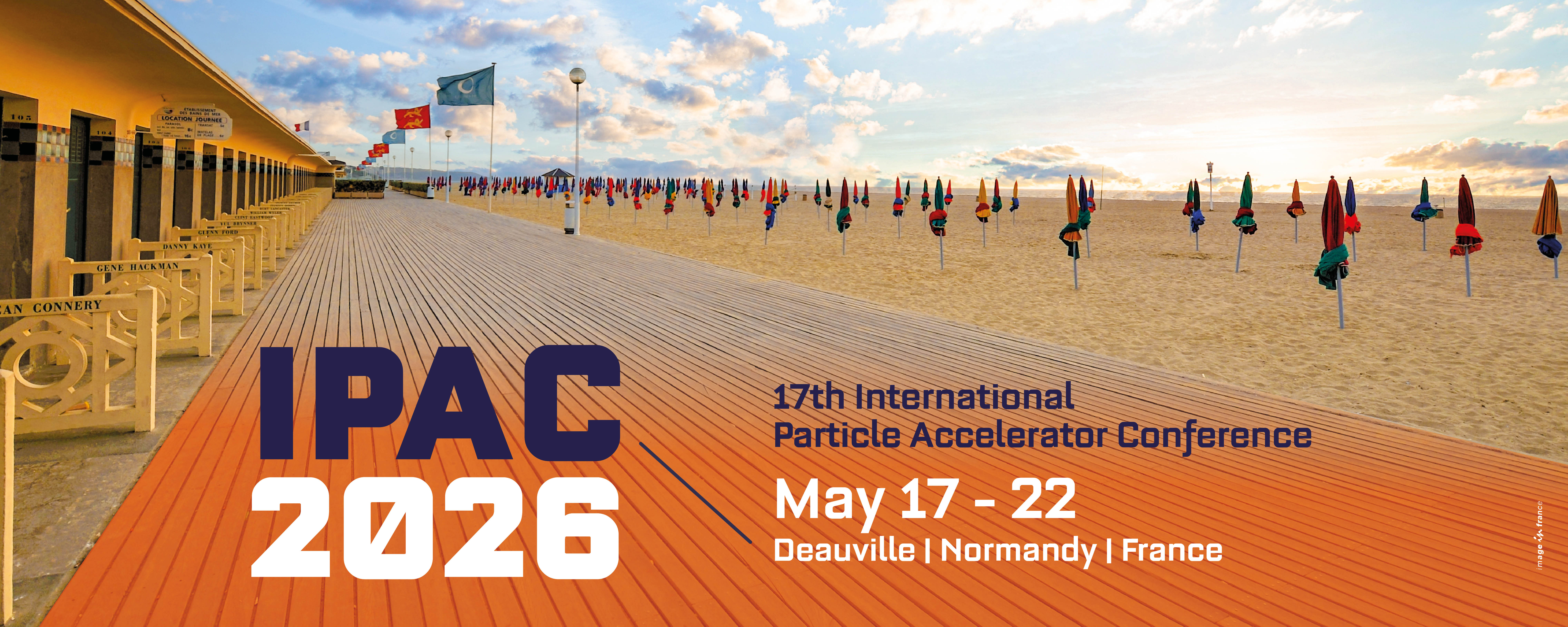Speaker
Description
Muons are generated at several accelerator-based facilities around the world and can be implanted into a wide range of materials, acting as a local probe of the surrounding atomic environment. By measuring the muon’s precession and relaxation can provide an understanding of the material of interest and, from this, unique information is obtained on the static and dynamic properties. This has enabled muon spectroscopy to develop into a powerful tool to investigate materials, such as fundamental magnetism, superconductivity and functional materials, energy storage, ionic diffusion in potential batteries, the dynamics of soft matter, free radical chemistry, reaction kinetics, semiconductors, advanced manufacturing, cultural heritage, and even the effects of muons on electronics*. This talk will introduce the techniques, give an overview of the global facilities, describe the important characteristics of the particle accelerator, and highlight some recent scientific highlights.
Footnotes
*Hillier et al, Nature Reviews Methods Primer 2, 4 (2022)

